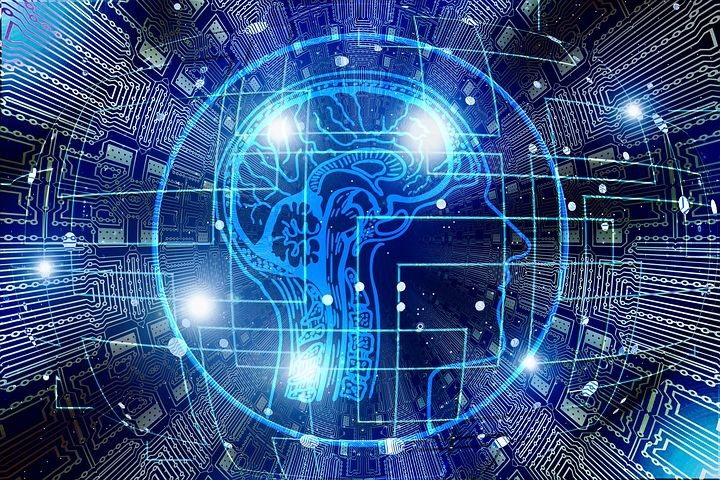In the realm of space exploration, the integration of AI in spaceflight trajectory control is proving to be a groundbreaking advancement. The ability of AI to calculate and predict trajectories with incredible precision is not only optimizing current space missions but also paving the way for future exploration.
At the forefront of this technological revolution is the role of AI in enhancing the accuracy and efficiency of space missions. By incorporating AI algorithms, space agencies can ensure precise control over spacecraft, reducing the margin for error and increasing mission success rates. This integration is becoming even more crucial as missions grow more complex and ambitious.

The Role of AI in Space Exploration
Understanding Spaceflight Trajectory
Spaceflight trajectories refer to the path that a spacecraft follows through space. Calculating these trajectories involves complex mathematical equations and predictions. Traditionally, these calculations required immense human effort and time, with teams of scientists working tirelessly to ensure precision.
How AI Enhances Trajectory Calculations
With the advent of AI, the process of calculating trajectories has become more streamlined. AI algorithms can process vast amounts of data quickly, providing real-time adjustments and predictions. This capability allows for more dynamic decision-making during space missions, adapting to unexpected changes in the spacecraft’s environment.
Key Benefits of AI in Spaceflight Trajectory Control
Improved Accuracy and Efficiency
One of the primary benefits of integrating AI into spaceflight trajectory control is the improved accuracy. By analyzing data from various sources, AI systems can predict potential trajectory deviations and make necessary adjustments. This precision is critical for missions where even minor errors can lead to significant consequences.
Real-Time Data Processing
Another significant advantage is AI’s ability to process data in real-time. During a mission, conditions in space can change rapidly. AI systems can analyze these changes quickly and provide solutions, ensuring that the spacecraft remains on its intended path.
Cost-Effectiveness
The use of AI in trajectory control can also lead to cost savings. By optimizing the path of a spacecraft, AI can help reduce fuel consumption and extend the lifespan of the mission. This efficiency is vital for both government space agencies and private companies looking to maximize their investment.
Challenges and Considerations
Integration with Existing Systems
While the benefits are clear, integrating AI systems into existing space mission frameworks presents challenges. Ensuring compatibility with current technology and training personnel to work alongside AI are essential steps in this transition.
Ethical and Security Concerns
As with any technological advancement, the use of AI in spaceflight trajectory control raises ethical and security concerns. Ensuring that AI systems are secure from cyber threats and adhere to ethical guidelines is paramount.
Future Prospects
Advancements in AI Technologies
The future of AI in spaceflight trajectory control looks promising. As AI technology continues to advance, its applications in space exploration will expand. From autonomous spacecraft to deeper space missions, AI will play a crucial role in pushing the boundaries of what is possible.
Collaboration Between Space Agencies
Collaboration between international space agencies and private companies will be vital in harnessing the full potential of AI. By sharing knowledge and resources, the space industry can overcome challenges and accelerate the adoption of AI technologies.
Conclusion
The integration of AI in spaceflight trajectory control is revolutionizing the way we explore space. By improving accuracy, efficiency, and cost-effectiveness, AI is setting the stage for more ambitious and successful missions. As technology continues to advance, the possibilities for space exploration are endless.

FAQs
How does AI improve spaceflight trajectory control?
AI improves spaceflight trajectory control by providing real-time data processing, improving accuracy, and enabling dynamic decision-making during missions.
What are the challenges of using AI in space missions?
Challenges include integration with existing systems, ensuring security against cyber threats, and addressing ethical concerns.
What is the future of AI in space exploration?
The future is bright, with AI expected to play a crucial role in autonomous spacecraft, deeper space missions, and international collaborations.
For more insights on the topic, you can visit ScienceDirect or explore AI Trajectory Prediction at the Florida Space Authority.

